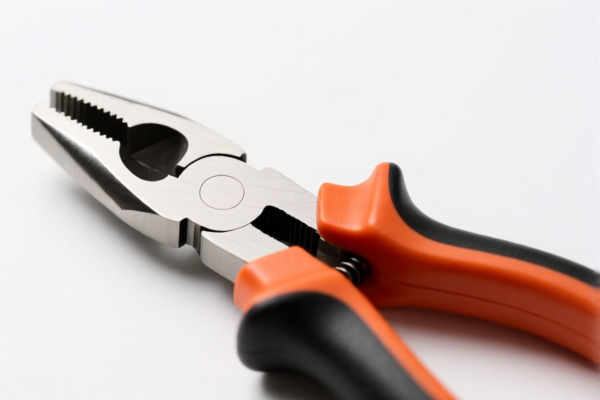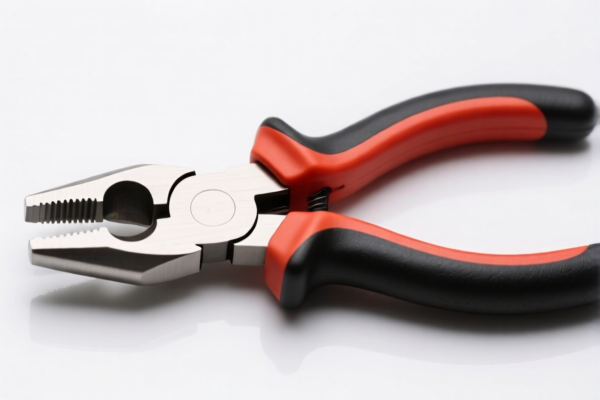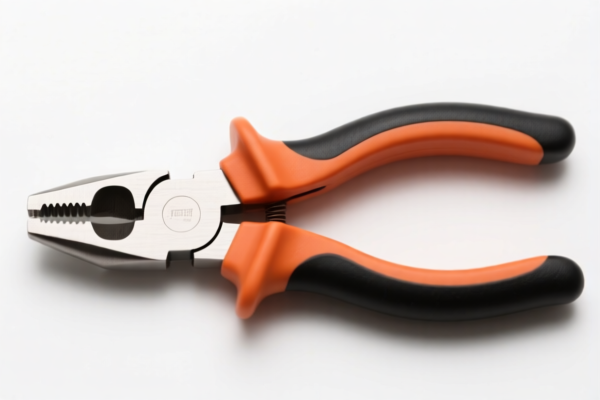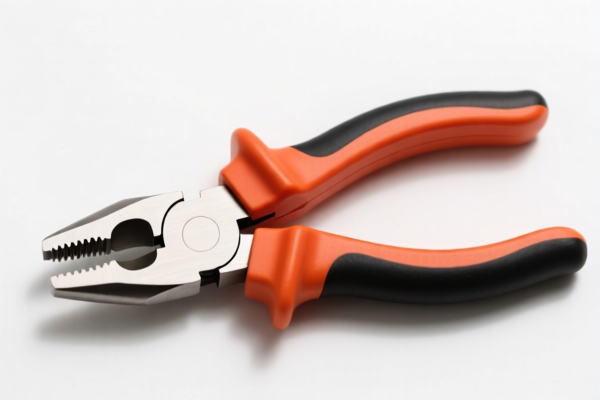| HS Code | Official Doc | Tariff Rate | Origin | Destination | Effective Date |
|---|---|---|---|---|---|
| 8203206030 | Doc | 12¢/doz. + 5.5%+55.0% | CN | US | 2025-05-12 |
| 8203204000 | Doc | 67.0% | CN | US | 2025-05-12 |
| 7317006560 | Doc | 80.0% | CN | US | 2025-05-12 |
| 8305906000 | Doc | 43.2% | CN | US | 2025-05-12 |




Tool Pliers
Tool pliers are hand tools used for gripping, twisting, cutting, and bending materials. They are essential in various trades and for general household repairs.
Material
Pliers are typically constructed from steel alloys, offering strength and durability. Common materials include:
- Carbon Steel: Provides high strength and hardness, often used in general-purpose pliers. Prone to rust if not protected.
- Alloy Steel: Offers a balance of strength, hardness, and corrosion resistance.
- Chrome Vanadium Steel: Provides excellent strength, toughness, and corrosion resistance, often used in higher-quality pliers.
- Stainless Steel: Offers superior corrosion resistance, suitable for work in damp or corrosive environments.
- Insulated Handles: Often made of plastic or rubber, providing electrical insulation for electrical work.
Purpose
The primary purpose of pliers is to amplify the force applied by the hand, making it easier to manipulate materials. Specific purposes include:
- Gripping: Holding objects securely.
- Twisting: Rotating wires or other materials.
- Cutting: Severing wires, bolts, or other materials.
- Bending: Shaping wires or metal sheets.
- Crimping: Fastening connectors to wires.
Function
Pliers function based on the principle of leverage. The jaws of the pliers are designed to provide a firm grip on the material, while the handles provide the mechanical advantage to apply force. Different jaw shapes and sizes are designed for specific tasks.
Usage Scenarios
Pliers are used in a wide range of applications, including:
- Electrical Work: Cutting, stripping, and bending wires, crimping connectors.
- Plumbing: Gripping pipes, bending tubing.
- Construction: Cutting and bending metal, removing nails or staples.
- Automotive Repair: Gripping and manipulating parts, cutting wires.
- Jewelry Making: Forming and shaping metal.
- Household Repairs: General-purpose tasks such as tightening loose screws or cutting small wires.
Common Types
Numerous types of pliers are available, each designed for specific tasks:
- Slip-Joint Pliers: Feature adjustable pivot points for gripping objects of varying sizes.
- Needle-Nose Pliers: Feature long, tapered jaws for reaching into tight spaces and manipulating small objects.
- Diagonal Cutting Pliers (Side Cutters): Feature angled cutting edges for cutting wires and small metal components.
- Lineman's Pliers: Heavy-duty pliers with cutting edges and gripping surfaces, used in electrical work.
- Locking Pliers (Vise-Grips): Feature adjustable jaws that lock onto objects, providing a secure grip.
- Water Pump Pliers: Feature long handles and adjustable jaws for gripping and turning large pipes.
- Crimping Pliers: Designed for fastening connectors to wires.
- Wire Stripping Pliers: Designed for removing the insulation from wires.
- Snap Ring Pliers: Designed for installing and removing snap rings.
Tool pliers fall under several classifications based on the provided information. Here's a breakdown of relevant HS codes:
- 8203206030: This code covers Files, rasps, pliers (including cutting pliers), pincers, tweezers, metal cutting shears, pipe cutters, bolt cutters, perforating punches and similar handtools, and base metal parts thereof; Pliers (including cutting pliers), pincers, tweezers and similar tools, and parts thereof; Other; Other (except parts); Pliers. The tariff details include a base duty of 12¢/doz. + 5.5%, a 25.0% additional tariff, and an increase to 30.0% after April 2, 2025. The total tariff rate is 12¢/doz. + 5.5% + 55.0%.
- 8203204000: This code also covers Files, rasps, pliers (including cutting pliers), pincers, tweezers, metal cutting shears, pipe cutters, bolt cutters, perforating punches and similar handtools, and base metal parts thereof; Pliers (including cutting pliers), pincers, tweezers and similar tools, and parts thereof; Other; Slip joint pliers. The tariff details include a base duty of 12.0%, a 25.0% additional tariff, and an increase to 30.0% after April 2, 2025. The total tariff rate is 67.0%.
Explanation of HS Code Structure (based on provided data):
- 82: Chapter 82 covers Tools, implements, cutlery, hand tools, and articles of cutlery.
- 03: Heading 03 specifically covers Files, rasps, pliers, pincers, tweezers, metal cutting shears, pipe cutters, bolt cutters, perforating punches, and similar handtools.
- 20: Subheading 20 further defines the category as pliers (including cutting pliers), pincers, tweezers and similar tools, and parts thereof.
- 60/40: These further specify the type of pliers (Other or Slip joint pliers) and are used for more precise classification.
According to the provided reference material, the HS code options related to 'tool pliers' are limited, with only the following 2 found.
Customer Reviews
No reviews yet.